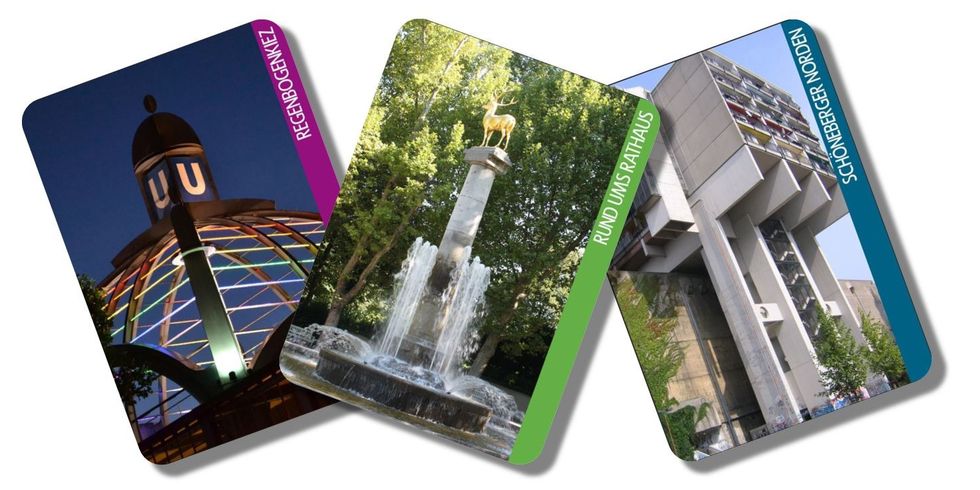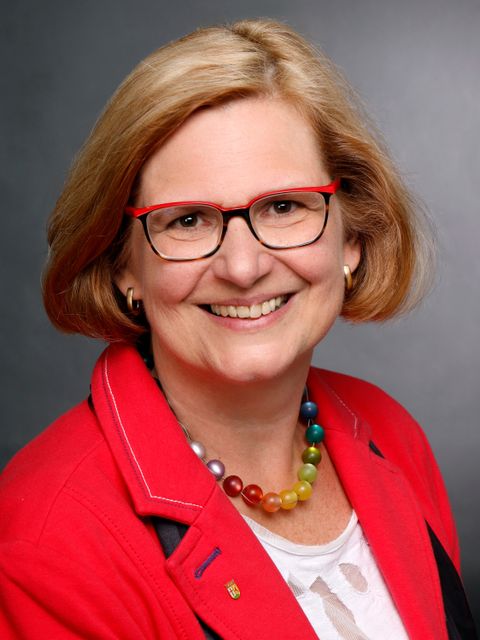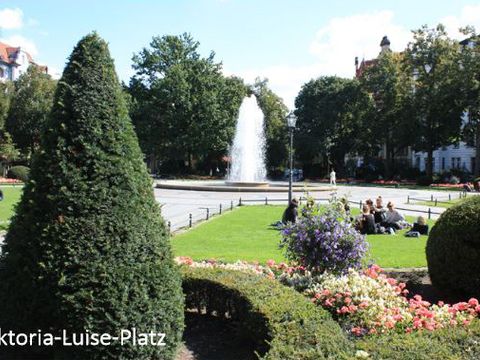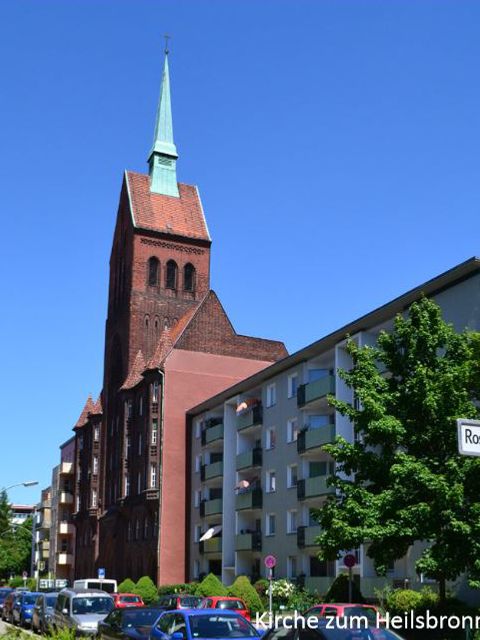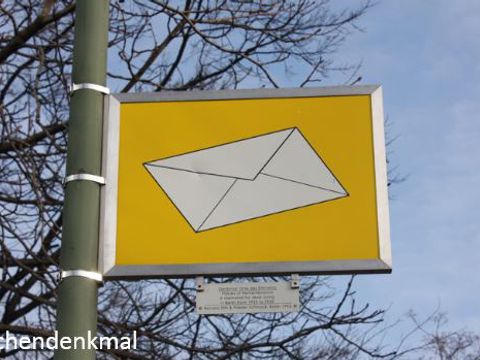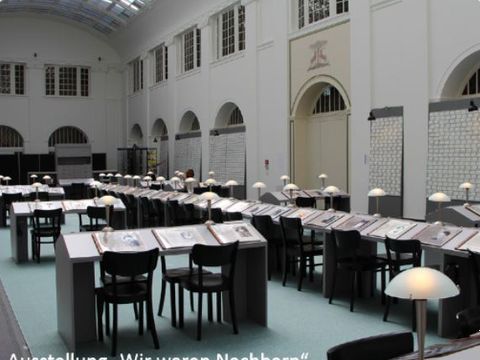The „Bayerisches Viertel“ was planned and built as a comfortable living quarter for rich Berliners between 1898 and 1908. With its generous squares, front yards and grand residential houses, the area was popular with artists, literates and scientists and the liberal Jewish bourgeoisie. The systematic humiliation, oppression, displacement and assassination of the Jewish population during the Nazi-era is made comprehensible through an 80-piece memorial by Renata Stih and Frieder Schnock, which is distributed through the streets of the quarter. Many so-called „tripping stones“ on the pavement also commemorate the victims of Nazi-Terror.
Schöneberg Town Hall, on which construction started in 1911, became the centre of the divided city from 1949. Until 1991, the Governing Major of Berlin (West) was based here and from 1945 until 1993, the Berlin House of Representatives also had its home here.
The entrance to Akazienkiez is Apostel-Paulus-Church. It was built at the end of the 19th century in the style of „Märkisch“ redbrick Gothic. Akazienstraße was named after an acacia grove, which bordered a small field track and some of the trees still remain.
At the upper end of Akazienstraße runs Hauptstraße, which was the former centre of Schöneberg village and was home to some celebrities: David Bowie lived in No. 155 from 1976 – 1978 and he was occasionally joined by punk rocker, Iggy Pop. During his Berlin times, Bowie created the albums „Low“, „Heroes“ and „Lodger“.


 Easy language
Easy language German Sign language
German Sign language